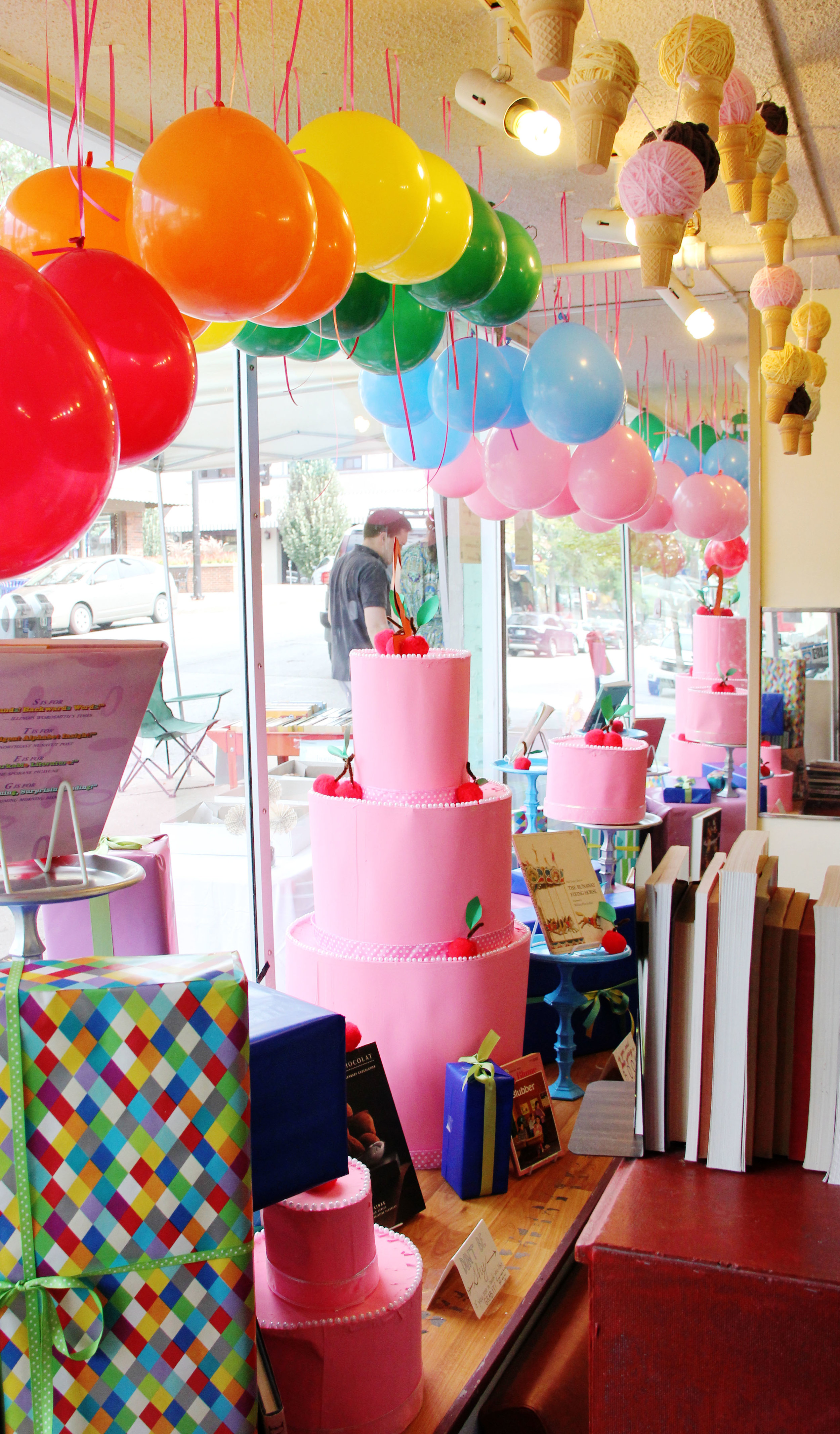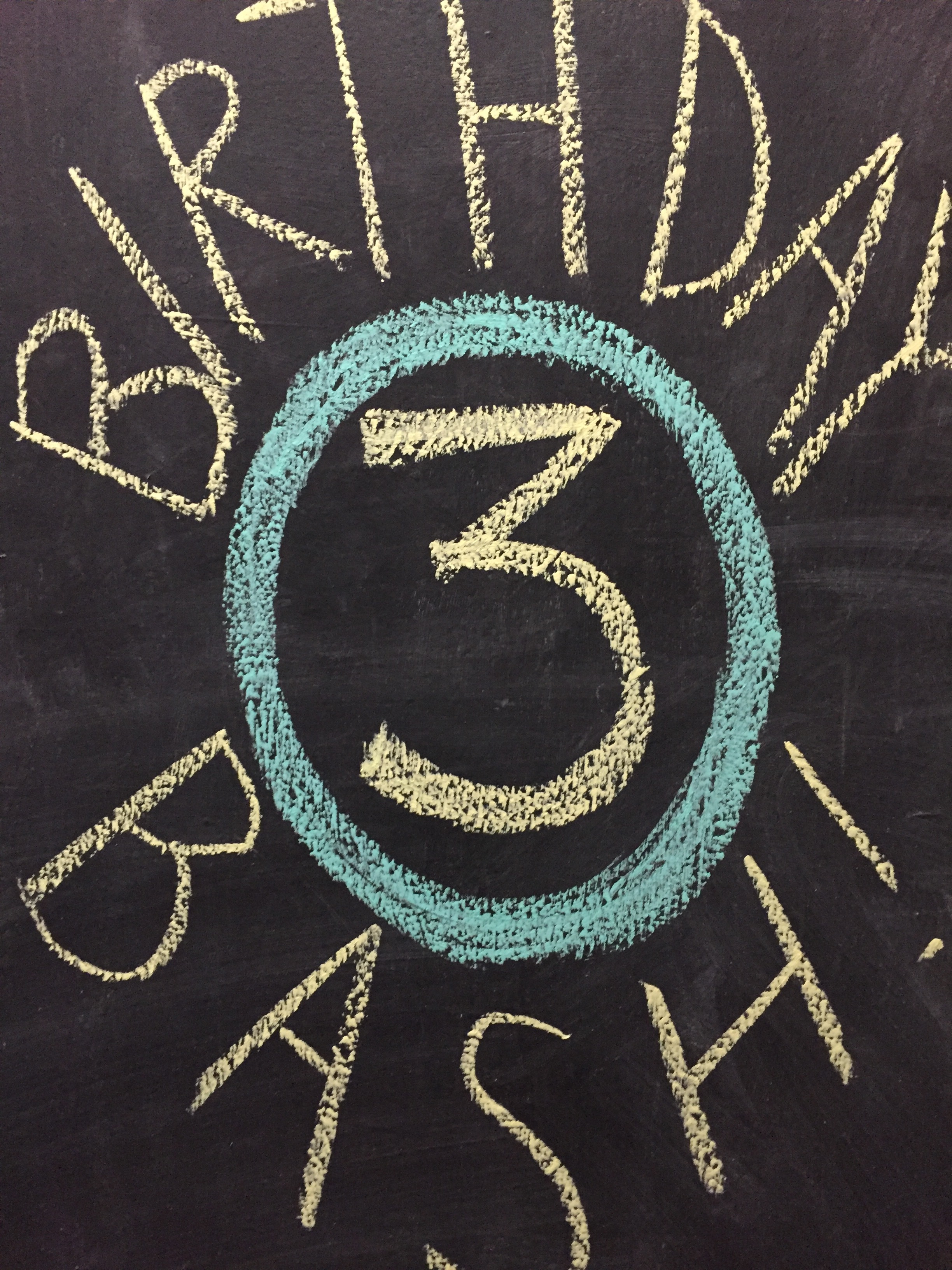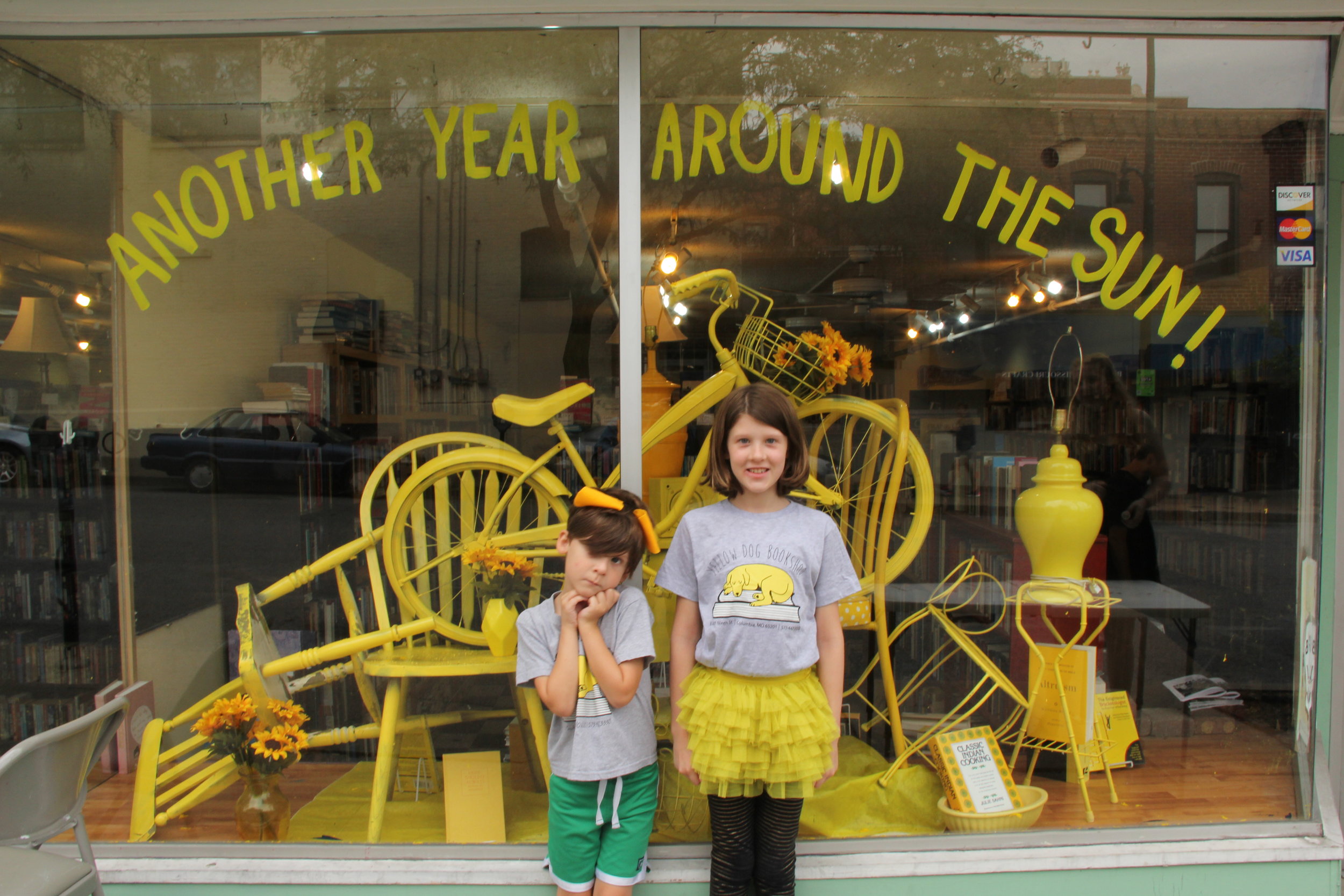From the archives, written by Joe.
Since taking over the bookshop in August, I’ve often been asked what my favorite book is. That’s a difficult question to answer – between the years of studying literature and the years of working in bookstores I’ve read a lot! And my favorite changes as time goes by; some books I loved in college, I’m cool on now. My favorite book of the last few years is The Night Circus, by Erin Morgenstern; it was beautifully written and utterly captivated me; it’s a world I want to live in. But the book I come back to most – my desert island look, the one I can read endlessly and never tire of – is J.R.R. Tolkien’s The Lord of the Rings. I generally have one or two volumes by my bed for easy reference. I used to read it straight through every year or two, and though I haven’t done that in a few years, I still read my favorite passages on a regular basis. I particularly enjoy the whole first half of The Fellowship of the Ring, the Battle of Helm’s Deep and the hobbits’ meeting with Faramir in The Two Towers, and the whole first half of The Return of the King (not to mention the appendices!).
The Hobbit is one of the first long books I remember reading (not the first – that was probably either The Lion, the Witch, and the Wardrobe or The Haunted Fort, both my brother Jamie’s books). We had a storybook anthology that contained the first chapter of The Hobbit; I read it over and over again, but wanted more, and I eventually found it in my library. I finally got my hands on The Lord of the Rings itself in the summer of 1983, when I was ten; I still remember reading a real thunderstorm crashing outside the house as I read about the storm at Helm’s Deep. These were library books, the late 70s hardcovers with white jackets with the Ring and Sauron’s Eye. I tore through them, reading each one twice before I turned them back in. When I started a new school that fall, I was astounded that the library didn’t have them, and immediately told the librarian they needed a set.
The Lord of the Rings is also the first book I began to collect. There are a handful of other authors or books I collect – Herman Hesse, Lawrence Durrell, Ursula LeGuin, George R.R. Martin – but I’ll write about those in later posts. But my largest collection by far is Tolkien. My first copy came at Christmas 1983, the Ballantine boxed set of mass market paperbacks. I loved the covers, with art by Darrell K. Sweet, and I read them so vigorously that the covers started to fall apart. I quickly added The Silmarillion (that cover has been held on with Scotch tape since 1985!) and the few other Tolkien books then in print (The Tolkien Reader, Smith of Wootton Major/Farmer Giles of Ham). Since then I’ve added several more versions, mostly from used bookstores in Illinois and California. There are the lurid Ballantines from the 1960s (Tolkien hated those covers!), the beautiful 1970s versions with Tolkien’s own paintings as the cover art, hardcovers of the pre-1965 version (the books were revised in 1965 to foil Ace’s pirated paperbacks, which I do not own), the gorgeous single-volume hardcover illustrated by Alan Lee (a birthday present in 1992), the seven-volume boxed set from 1999 (a Christmas present), the recent trade paperback editions with Tolkien's original concept art for the covers (a present from my brother Chad), and even the Harvard Lampoon’s Bored of the Rings, with its parody of the 1960s covers. Also I have the whole twelve-book series of The History of Middle-Earth, edited by Christopher Tolkien, detailing the vast and intricate writing and drafting of the entire legendarium, from its beginnings in a poem written in the trenches in the Great War to JRRT's last musings on scraps of paper just weeks before his death. It's a monument to one man's incredible imagination and skill.
All told, I have twelve full copies of The Lord of the Rings (five single-volumes, seven sets) with four unmatched volumes, six copies of The Hobbit, five copies of The Silmarillion, two copies of Unfinished Tales, three copies of Smith/Farmer Giles (plus the annotated Farmer Giles), two copies of The Tolkien Reader, two copies of the Father Christmas Letters, and two collections of Tolkien’s artwork. Whew! And several of his scholarly works, including The Monsters and the Critics,Sir Gawain and the Green Knight, and the recently published (and magnificent!) Fall of Arthur. Besides this, numerous books about Tolkien and his works, of which the prize is a hardcover edition of Humphrey Carter’s biography of the Professor. Together they fill up an entire four-shelf bookcase.
I don’t have everything there is to have by any means. Some I don’t want, like the late 1980s mass markets. Some I doubt I’ll ever find for any reasonable price, like a 1930s Hobbit, or the Middle English text I found at Black Letter Books in Stillwater, Minnesota for only $300 – too much for me! But I still hope I’ll find some of the few I still really want. I know I could go online for some of them, but I would rather stumble across them in a little store, or a booksale, or when someone walks in with some books to sell. That experience of finding something long desired, right in front of you, is one of the things I love about owning a bookshop.
We have several Tolkien books in the store right now, and it’s a goal of mine always to have some on hand. We won’t often have a complete set, but we may very well have the one you’re missing, and I’m always looking for what I consider the good editions.
I recently finished reading The Hobbit to my daughter Sally, and I hope it was as magical an experience for her as it was for me. I carefully chose which edition I would read, and settled on the green slipcase hardcover, featuring both the original monochrome illustrations by the author as well as several color prints of his paintings. I'm excited about passing on our love for books, and my love for these particular books, to our children, and I look forward to one day discussing all the intricacies of the stories with both of them.






































































